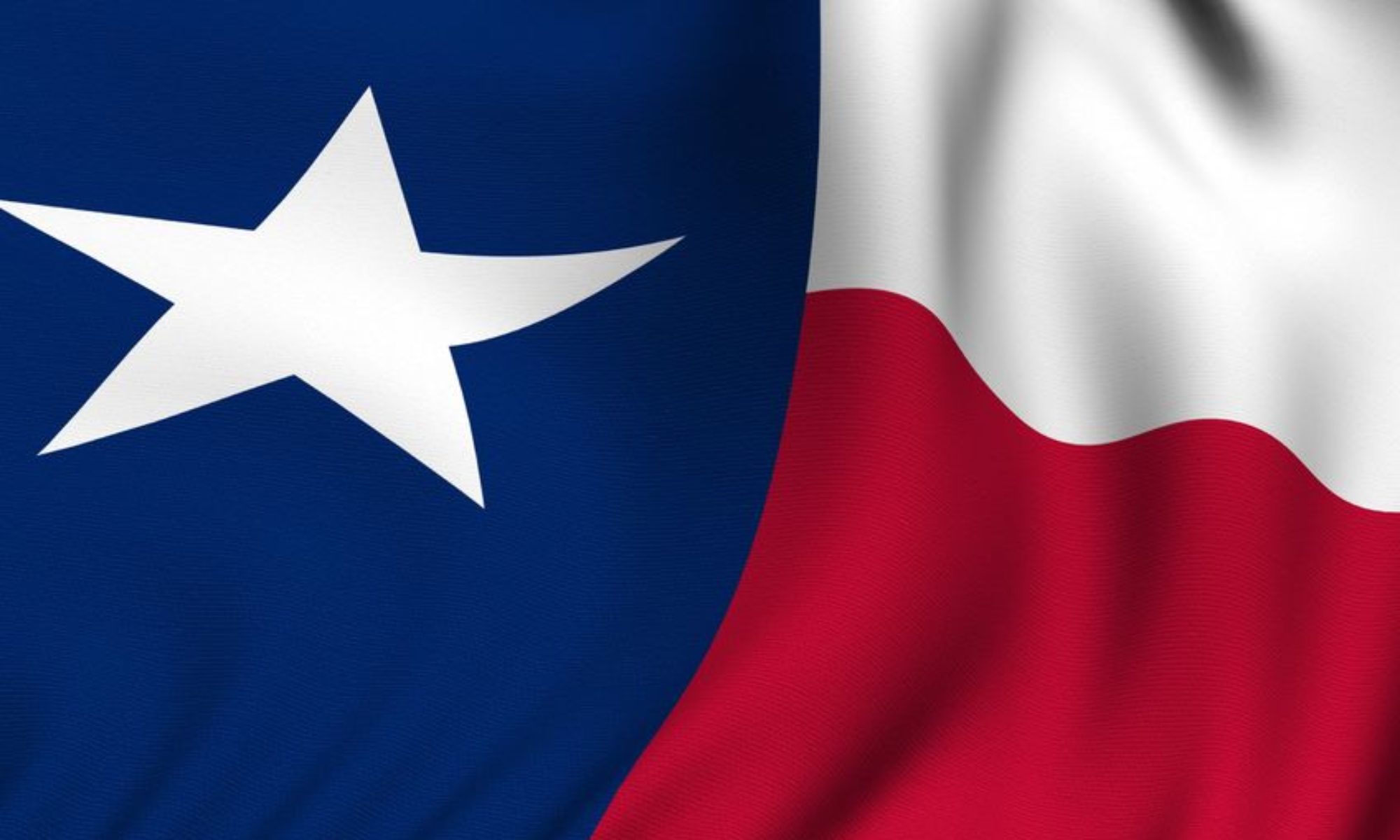Cap Metro self-derailed in justifying partnership with Leander taxpayers during a presentation to Leander City Council.
Todd Hemingson, Executive VP for Planning and Development, Capital Metropolitan Transit Authority, presented an update to the Leander City Council on April 18, 2019 at the request of Councilmember Michelle Stephenson. Video excerpts from that presentation are embedded below in this post. However, the full video is available on the City of Leander website, Agenda Item 24.
Registered voters within the city limits of Leander are encouraged to complete the survey at the bottom of this post.
Major takeaways and observations
It was glaringly obvious Cap Metro has no substantial plans for Leander other than to continue siphoning Leander’s sales tax and using Leander taxpayers as an ATM to help fund projects elsewhere in the Cap Metro system.
-
-
- Cap Metro has no plans to extend a double track beyond Lakeline Station out to Leander Station (4:04). Translated: Cap Metro does not believe there is, or will be in the near future, enough ridership to and from Leander to justify a double track that would allow increased frequency of service. And they are correct. Average weekday boardings of less than 250 riders spread across 10 Cap MetroRail departures, even after a decade of service, hardly warrants investing any additional resources to serve such a miniscule demographic.
- Cap Metro has no major capital projects planned for Leander for the near future (9:50)
- Cap Metro has no concrete plans to develop the 12 acres they own in the Transit Oriented Development (TOD) for anything other than existing surface parking (10:28).
- Cap Metro leadership believes they have a vision and that “hopefully” with some funding through a referendum this coming November they would be able to move to a system where the Red Line becomes a central element of a comprehensive transit network serving in the entire region (13:15). Note: This is code for getting voters to approve more debt, further shackling residents and taxpayers in Cap Metro partner cities like Leander to service that debt. This is the most important comment in this presentation and one which should be of immediate concern to voters and taxpayers.
- Cap Metro believes one of the “exciting things” going on in Leander is a Seton medical facility (9:20). Perhaps he meant St. David’s.
- Cap Metro had a “good piece of news coming up”.
Hemingson: “This summer we’ll have a couple of days that we’ll be doing Saturd…extended hours Saturday service including service to Leander. So as you can see there on May the 4th and June the 1st we’ll be offering Saturday service up and down the rail line and all the way into downtown Austin. So, hopefully we can get the word out. Have some folks come out and try the line and, uh, and uh, be able to take advantage of that service.” (2:01) In case you missed it, that was two (2) days of extended Saturday service. Just two. - Councilmember Jeff Seiler suggested making May 18th, the date of Leander’s Old Town Street Festival, one of the days Cap Metro should offer extended service. Mr. Hemingson appeared to have no prior knowledge of this event and Cap Metro had no plans at the time to service the event. It appears Cap Metro was completely unresponsive to Mr. Seiler’s recommendation. As of 9:00 AM, Saturday, May 18, Cap Metro had no postings regarding any special service to Leander for the Old Town Street Festival. Cap Metro appears more interested in moving riders into Austin to spend entertainment dollars in Austin rather than moving riders and their retail dollars into Leander.
- Cap Metro has no near-term or concrete plans to develop a maintenance facility in Leander (26:00)
- When watching the full video, you may be expecting basic key metrics, such as current ridership and frequency, to precede any other item in an update. However, Mr. Hemingson completely omitted ridership metrics until the very end of the time (27:15) allotted for the presentation, and only provided those data points when questioned by Councilmembers Cannon and Sederquist. He only provided numbers for weekday service without volunteering ridership for weekend service.
- According to Cap Metro’s most recent counts, an average of less than 500 riders board and depart Leander per weekday on either a train or bus. Mr. Hemingson did not discuss the methodology Cap Metro used to obtain those counts or whether an independent auditor was contracted to validate ridership metrics.
- On average, 225 riders per weekday board MetroRail in Leander. There are 10 MetroRail departures per weekday. Average number of riders per departure: 23
- On average, 188 riders per weekday board MetroExpress 985. There are 24 departures from Leander per weekday. Average number of riders per departure: 8
- On average, 60 riders per weekday board MetroExpress 987. There are 9 departures from Leander per weekday. Average number of riders per departure: 7
- The above numbers explain why Leander residents observe the majority of departing and arriving buses and railcars being empty or near empty, all while burning gas and time enduring 146 vehicle traffic disruptions* per weekday. *10 MetroRail departures and 10 arrivals per weekday disrupt traffic at four major public intersections. In addition, 33 MetroExpress bus arrivals and departures per day disrupt traffic with required safety stops at two rail crossings.
- Cap Metro provided no ridership data on Saturday service. Either Mr. Hemingson knew and did not volunteer those numbers, or, Cap Metro did not believe it important or significant enough to capture that data.
- Leander residents and taxpayers are projected to send approximately $5,400,000.00 in sales taxes to Cap Metro this fiscal year (Leander 2019 Budget, p. 4). Cap Metro stated that figure as $5,100,000.00 (28:45). These are funds which could be used to reduce homeowner property taxes and for economic development if not being sent to Cap Metro.
- Leander residents and taxpayers subsidize every rider an average of $37 per weekday departure, whether by rail or bus. That’s over $9,500.00 per rider, per year. This also assumes riders are paying the posted fares and actually activating mobile passes for each boarding, not hoarding those passes to use only when checked by MetroRail security.
- A Cap Metro executive of Planning and Development with a $175k taxpayer-funded annual salary, making a presentation to taxpayer-elected officials should have known and proactively offered basic ridership metrics without having to fumble to look them up on electronics when questioned. It showed either a lack of preparation and respect for Leander’s elected council, or, a desire to avoid the elephant-in-the-room discussion, or both.
- Mr. Hemingson did not provide any data on what percentage of riders are actually residents of Leander.
- Cap Metro leadership appears to believe Leander residents are either so naive or desperate, or both, that those residents will want to hail a ride to Leander Station with luggage in tow, catch a 45 minute train (crowded after Howard Lane) ride to the Convention Center station, wait for a connecting train…or bus (a conceptual airport-bound Blue Line, 11:20), haul that luggage to that train or bus which would likely make multiple stops on another 30 minute leg to a theoretical Airport Station, then catch another connecting means of transportation to the airport terminal so they can be searched and scanned before boarding their flight. This could easily turn into a 2 hour ordeal just to get from home to the airport on taxpayer-subsidized transportation. Meanwhile, smarter Leander air travelers may just want to drive 45 minutes north to Killeen to catch connecting flights with a fraction of the hassle, or take the 183A Toll to 45, then to 130 to ABIA in half the time.
- Cap Metro has given Leander low priority for exploring Neighborhood Circulator Service (15:50). Note: This would attempt to compete with Uber or Lyft, through taxpayer-subsidized transportation.
- A long-time exiting Leander City Councilmember was not aware that a rider in Leander can currently get to the airport via connecting bus service (17:15), or, that travel times have long been posted on Cap Metro’s online schedule (17:50). If city leaders are not aware of, or even utilizing existing Cap Metro resources, even if just on occasion, why should they expect the same from the average citizen?
- Leander is in the same category of Cap Metro partner cities as Jonestown, Lago Vista, and Manor (23:25). Round Rock, Georgetown, Cedar Park, Rollingwood have refrained from partnering with Cap Metro on the same level as Leander.
- One can only speculate whether Cap Metro’s leadership is astounded at how long Leander residents have tolerated their lopsided partnership with Cap Metro and why Leander taxpayers have not pursued withdrawing from that partnership and moved to a contracted relationship.
-
By recently electing and installing three new taxpayer-friendly council members, Leander voters put an exclamation point on their 2018 mandate to take ownership of Leander’s future rather than surrender to Austin bureaucracies and special interests.
Now is the time for Leander citizens to exit the Cap Metro financial train wreck and invest their tax dollars in Leander rather than squandering them on empty railcars and buses.
As a next step, LeanderLookout encourages registered voters within the City of Leander to complete the Cap Metro withdrawal survey.
Copyright © 2019 Don Stroud

